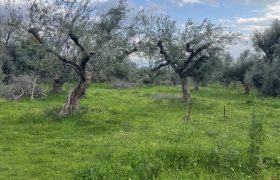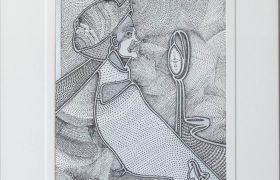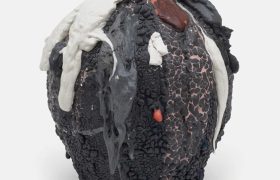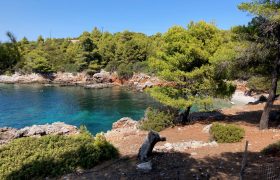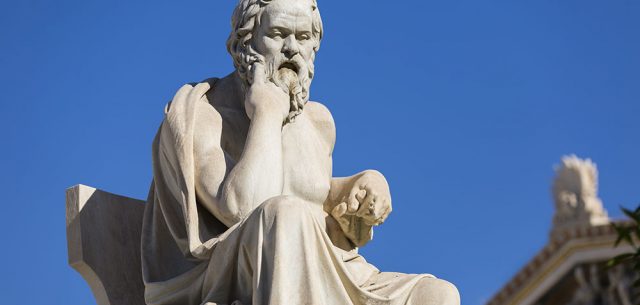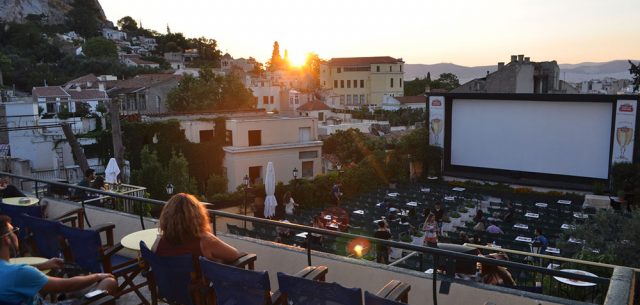Farewell Tetsis: The Painter of Greek Colour
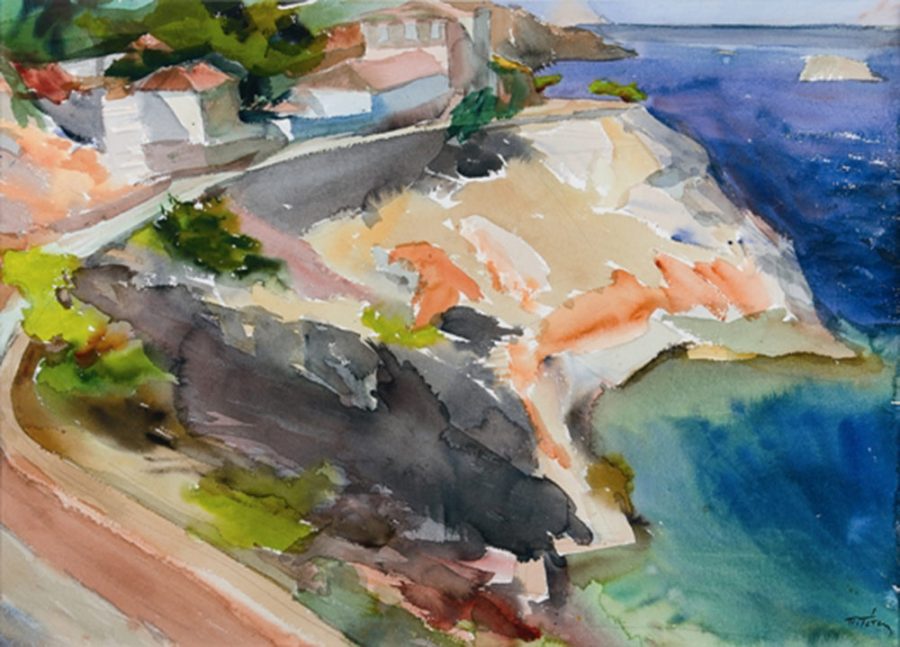
The canvasses of Panayiotis Tetsis’ were both poetic and euphoric,
writes Stella Sevastopoulos.
Former Prime Minister Antonis Samaras, Culture Minister Aristeidis Baltas, as well as other prominent political figures, museum directors, artists and intellectuals were among the crowds that paid their last respects to the much-loved, deeply respected painter, teacher and academic Panayiotis Tetsis, at his Athens funeral on Monday, March 7.
Tetsis’ body was buried the next day in his beloved birthplace, the island of Hydra, where as a boy, his talent had been spotted first by architect Dimitris Pikionis – a chance occurrence instigated by Tetsis’ granny. The incredibly talented, green-eyed, noble gentleman of an artist (often sporting a bow tie), managed to encapsulate in his paintings all the colours of Greece. He was Greece’s greatest postwar plein air colourist.
In Tetsis’ paintings, colour and light are both allies and enemies. The dynamic manner with which this artist was able to capture the vibrant Greek colour spectrum on canvas, was altogether scintillating and euphoric. His landscapes are expressive, contemporary painted hymns to nature. For the director of the National Gallery of Greece, Marina Lambraki-Plaka, it was also the poetic nature of his art that appealed: Tetsis’ ability to translate into paint on canvas the essence of Greece as described by writers such as Alexandros Papadiamantis, or poets such as Andreas Kalvos, George Seferis and Odysseus Elytis.
The 91-year old Tetsis had realised over 90 solo shows, before he lost his battle with cancer. The last show with 27 new works took place only last year, at the Theocharakis Foundation. He was also the first to receive the State’s ‘Yannis Moralis’ Award recently, on February 29. At the award ceremony, the President of Greece, Prokopis Pavlopoulos, described Tetsis as the artist of colours, who ‘’composes feasts of colours, organises symposiums of colours’’. ‘’Panayiotis Tetsis was to painting what Odysseus Elytis was to poetry,’’ he declared.


